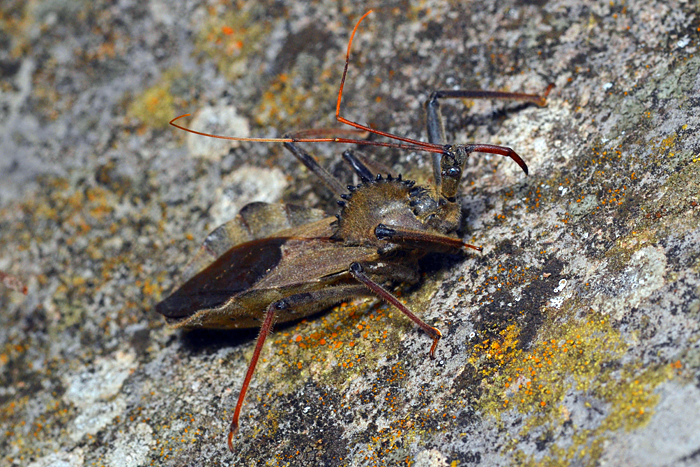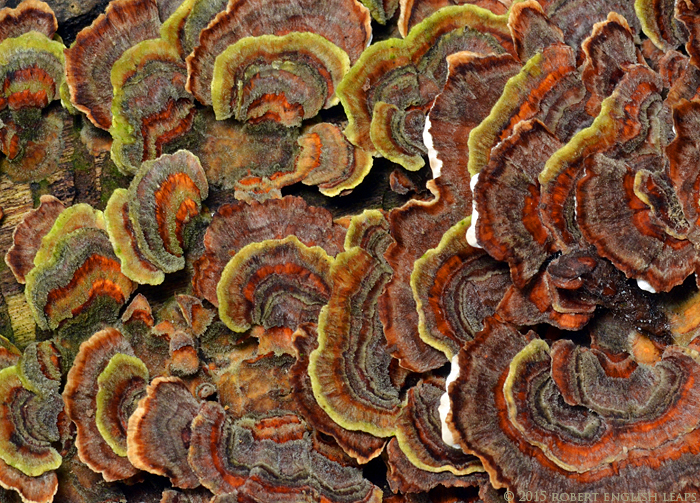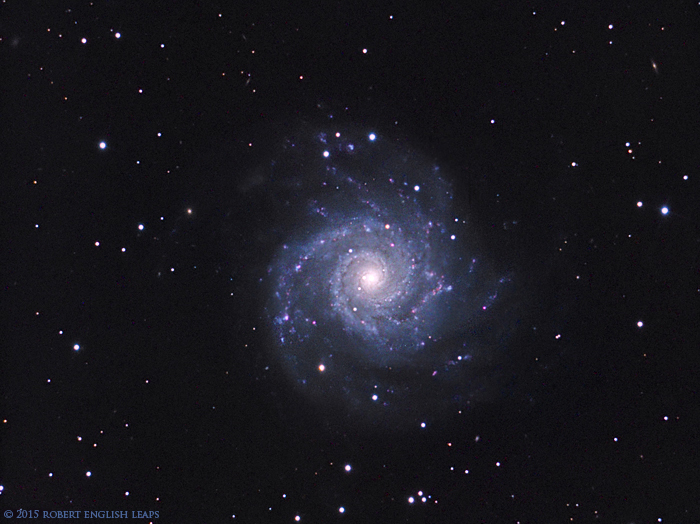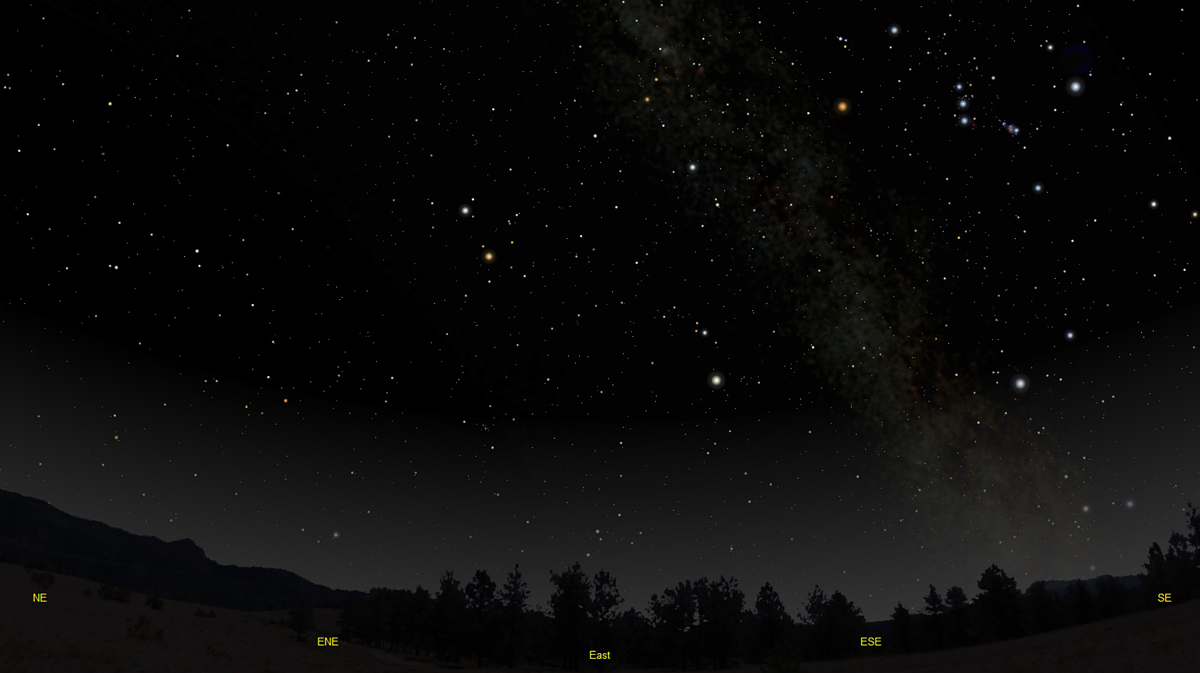The purpose of this feature is to give scout leaders, educators and naturalists an idea of some of the natural events coming up each month. We will try to cover a variety of natural events ranging from sky events to calling periods of amphibians, bird and mammal watching tips, prominent wildflowers and anything else that comes to mind. We will also note prominent constellations appearing over the eastern horizon at mid-evening each month for our area for those who would like to learn the constellations. If you have suggestions for other types of natural information you would like to see added to this calendar, let us know! Note: You can click on the hyperlinks to learn more about some of the featured items. To return to the Calendar, hit the "back" button on your browser, NOT the "back" button on the web page. All charts are available in a "printer friendly" mode, with black stars on a white background. Left clicking on each chart will take you to a printable black and white image. Please note that images on these pages are meant to be displayed at 100%. If your browser zooms into a higher magnification than that, the images may lose quality. Though we link book references to nationwide sources, we encourage you to support your local book store whenever possible.
Notes and Images From November 2015
We think of November as a time of transition. On wet days we still hear Southern Leopard Frogs calling from our pond, and occasionally the very dry-sounding fall calls of Upland Chorus Frogs. But the cold morning temperatures take their toll on the spider and insect populations. This Wheel Bug was barely moving when found on a beautiful but brisk fall morning at the Owl's Hill Nature Sanctuary. Wheel Bugs are easy to recognize by the cogwheel-like armor atop their thorax. They are a type of assassin bug, and use their curved beak to spear prey and inject a paralytic substance that kills in seconds. They are considered beneficial, preying on many garden pests. Wheel Bugs are important in areas that are forested or have shade trees - they feed on caterpillars that defoliate trees. In the insect world, Wheel Bugs dominate the food chain. Michael J. Raupp, an entomologist at the University of Maryland, was quoted in a New York Times article as saying, “They’re the lion or the eagle of your food web. They sit on top. When you have these big, ferocious predators in your landscape, that tells me that this is a very healthy landscape, because all these other levels in your food web are intact.”
Later that morning I noticed these Turkey Tail bracket fungi on some decaying logs. Their colors seemed to mirror the colors of the fall leaves. Turkey Tails are polypores, which means that the underside of the visible fruiting body is porous. The spores of the fungus are formed within and drop from these pores. Turkey Tails are usually found on dead hardwood logs and stumps, but can sometimes be found on conifer logs. Polypores decompose the components of rotting logs, and allow the recycling of the nutrients back into the soil. They also provide habitat and food for many invertebrates, which in turn provide food for larger animals. Polypores have sometimes been used in herbal medicine, and ongoing research indicates that some may be useful in treating disorders of the immune system.
On November 11th, we were able to take advantage of a clear night and imaged the "grand design" spiral galaxy Messier 74. Though most galaxies in the Messier catalog are relatively easy to see, M-74 has a fairly low surface brightness, making it tough to spot in smaller telescopes. Sometimes only the brighter nucleus can be seen. We only managed to get a little over three hours of exposure on the galaxy, which is something of a snapshot in terms of galactic imaging. Still, the major arms and the pinkish hydrogen alpha emission nebulae show up pretty well. Looking at the sweeping spiral arms of Messier 74, it's interesting to think about the rotation of this great star system. The time required for a star to make one revolution around the galactic nucleus is immense. In our own Milky Way Galaxy, The Sun orbits the galactic center about once every 225 to 250 million years. This is sometimes referred to as a galactic year. That's a long time, but a relatively short time in comparison with the age of the Earth, which is around 4.543 billion years old. That means that since the Earth was formed, we have orbited the galactic center about 18 times. The above link has a nice chart that shows past and future events in terms of galactic years. Messier 74 is about 32 million light-years distant, in the constellation of Pisces. It was discovered in September of 1784 by Pierre Mechain.
Sky Events for December 2015: Evening Sky: The winter solstice occurs on December 21st at 10:48pm CST, marking the beginning of winter in the Northern Hemisphere. We will be doing a winter solstice owl prowl on that date at the Owl's Hill Nature Sanctuary if you want a break from the holiday crush. Mercury is too close to the Sun early in the month to observe, but you may be able to pick it out of the evening twilight sky by mid-month. By the end of the month it should be pretty easy to catch about 30 to 40 minutes after sunset. Binoculars will help pick it out of the twilight glow. Morning Sky: The Geminid Meteor Shower occurs in the morning hours of December 13th and 14th. Conditions should be favorable. To see a time lapse video I made of part of the shower in 2013 (make sure you click "HD") click here. For most of the video, the camera is tracking the stars, so they will remain in one place while the meteors arc across the sky. There's a nice sequence towards the end where high altitude clouds roll in. The trend for holiday comets seems to continue this year. Though it will not be spectacular by any means, you may want to follow Comet Catalina (C/2013US10) as it makes its way across the early morning sky in December and January. It's not supposed to get much brighter than 5th magnitude, so you'll need binoculars to spot this little faint fuzzy. This comet's position is shown in the Sky Safari app shown in the reference section below. Jupiter rises about 12:20am in Leo at the beginning of the month. Mars is in Virgo as the month begins, rising about 1:55am. Mars is still quite small in the eyepiece, only about 5 arc-seconds in diameter. The red color is easily visible in binoculars. Venus rises about 3:05am in Virgo at the beginning of the month and is dazzling in the eastern sky before sunrise. Saturn slowly makes its way into the morning sky this month. By mid-month, you should be able to spot it in the morning twilight below and to the left of bright Venus. All times noted in the Sky Events are for Franklin, Tennessee and are in Central Standard Time. These times should be pretty close anywhere in the mid-state area.
Constellations: The views below show the sky looking east at 9:30pm CST on December 15th. The first view shows the sky with the constellations outlined and names depicted. Star and planet names are in green. Constellation names are in blue. The second view shows the same scene without labels. Look for the bright stars Castor and Pollux in the constellation of Gemini, The Twins. Compare the colors of the bright stars Betelgeuse and Rigel in Orion. Betelgeuse is a red giant and Rigel is a very hot, blue-white supergiant. If you have a telescope or binoculars, look at the center of the three "sword" stars below Orion's belt. There you will find the Orion Nebula, M42, one of the most magnificent emission nebulas in the sky. The pink glow of hydrogen alpha light is visible only in very large telescopes and the nebula appears as a small greenish glow in small telescopes. Crouching beneath the feet of Orion, is Lepus, the Hare. Sirius, the brightest star in the sky, shines below Orion. Sirius is in Canis Major, the Great Dog, and for that reason is known as the Dog Star. In the late summer, Sirius rises at the same time as the sun. Because of this, the late summer days are known as the "dog days." The faint constellation Monoceros, the Unicorn, follows Orion over the eastern horizon. Low in the eastern sky below Gemini is Canis Minor, with its bright star Procyon. Procyon means, "before the dog," and refers to the fact that Procyon rises just before the Dog Star, Sirus. Look below Gemini and see if you can spot the faint glow of M44, the "Beehive Cluster." This cluster is located in Cancer, the Crab. O n Learning the Constellations: We advise learning a few constellations each month, and then following them through the seasons. Once you associate a particular constellation coming over the eastern horizon at a certain time of year, you may start thinking about it like an old friend, looking forward to its arrival each season. The stars in the evening scene above, for instance, will always be in the same place relative to the horizon at the same time and date each December. Of course, the planets do move slowly through the constellations, but with practice you will learn to identify them from their appearance. In particular, learn the brightest stars (like Sirius and Procyon in the above scene), for they will guide you to the fainter stars. Once you can locate the more prominent constellations, you can "branch out" to other constellations around them. It may take you a little while to get a sense of scale, to translate what you see on the computer screen or what you see on the page of a book to what you see in the sky. Look for patterns, like the three stars in a line in Orion's belt.The earth's rotation causes the constellations to appear to move across the sky just as the sun and the moon appear to do. If you go outside earlier than the time shown on the charts, the constellations will be lower to the eastern horizon. If you observe later, they will have climbed higher. As each season progresses, the earth's motion around the sun causes the constellations to appear a little farther towards the west each night for any given time of night. If you want to see where the constellations in the above figures will be on January 15th at 9:30pm CST, you can stay up till 11:30pm CST on the December 15th and get a preview. The westward motion of the constellations is equivalent to two hours per month. For instance, if you want to see what stars will be on your eastern horizon on March 15th at 9:30pm CST (3 months later), you would need to get up at 3:30am CST in the morning on December 15th (3 months times 2 hours/month = 6 hours). Recommended: Sky & Telescope's Pocket Star Atlas is beautiful, compact star atlas. A good book to learn the constellations is Patterns in the Sky, by Hewitt-White. You may also want to check out at H. A. Rey's classic, The Stars, A New Way to See Them. For skywatching tips, an inexpensive good guide is Secrets of Stargazing, by Becky Ramotowski. A good general reference book on astronomy is the Peterson
Field Guide,
A Field Guide to the Stars and Planets, by Pasachoff. The book retails for around $14.00. The Virtual Moon Atlas is a terrific way to learn the surface features of the Moon. And it's free software. You can download the Virtual Moon Atlas here. Cartes du Ciel (described in the monthly notes above) is a great program for finding your way around the sky. It is also free, and can be downloaded here. Apps: We really love the Sky Safari Pro application described here. For upcoming events, the Sky Week application is quite nice. Both apps are available for both I-phone and Android operating systems. The newest version, Sky Safari 4, is available here. A nother great app is the Photographer's Ephemeris. Great for finding sunrise, moonrise, sunset and moonset times and the precise place on the horizon that the event will occur. Invaluable not only for planning photographs, but also nice to plan an outing to watch the full moon rise. Available for both androids and iOS.
Amphibians:
December really marks the beginning of the breeding season for our Tennessee frogs and toads. We have had breeding choruses of Upland Chorus Frogs as early as December 4th. Breeding even before Wood Frogs, these irrepressible inhabitants of flooded winter fields and other wet areas will call throughout the cold winter months. Listen for their call, which sounds like someone dragging their thumb across the teeth of a plastic comb, on mild wet winter evenings. Listen also for Southern Leopard Frogs. We hear them throughout the fall. Many other Tennessee frogs and toads can be seen on mild December nights, but most are silent. Recommended: The Frogs and Toads of North America, Lang Elliott, Houghton Mifflin Co.
Archives (Remember to use the back button on your browser, NOT the back button on the web page!) Natural Calendar November 2015 Natural Calendar November 2014 Natural Calendar September 2014 Natural Calendar February 2014 Natural Calendar January 2014 Natural Calendar December 2013 Natural Calendar September 2013 Natural Calendar February 2013 Natural Calendar January 2013 Natural Calendar December 2012 Natural Calendar November 2012 Natural Calendar September 2012 Natural Calendar February 2012 Natural Calendar December 2011 Natural Calendar November 2011 Natural Calendar September 2011 Natural Calendar February 2011 Natural Calendar December 2010 Natural Calendar November 2010 Natural Calendar September 2010 Natural Calendar February 2010 Natural Calendar December 2009 Natural Calendar November 2009 Natural Calendar September 2009 Natural Calendar February 2009 Natural Calendar December 2008 Natural Calendar November 2008 Natural Calendar September 2008 Natural Calendar February 2008 Natural Calendar December 2007 Natural Calendar November 2007 Natural Calendar September 2007 Natural Calendar February 2007 Natural Calendar December 2006 Natural Calendar November 2006 Natural Calendar September 2006 Natural Calendar February 2006 Natural Calendar December 2005Nature Notes Archives: Nature Notes was a page we published in 2001 and 2002 containing our observations about everything from the northern lights display of November 2001 to frog and salamander egg masses. Night scenes prepared with The Sky Professional from Software Bisque All images and recordings © 2015 Leaps
| |






